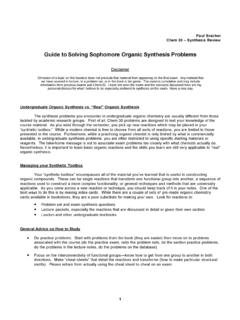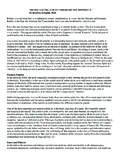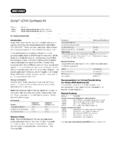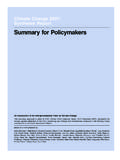Transcription of Critical Thinking Handout - Monmouth College Blogs
1 Critical Thinking : Analysis and Synthesis ANALYSIS is breaking down the text or problem that you are examining in order to understand each individual part. The Rhetorical Essay in ENGL 110 I an example of an analysis paper. In this essay, students take an article and break it down into parts to evaluate the different forms of Rhetoric (logos, ethos, pathos) that they find in the essay they are given. Analysis is like taking an already completed puzzle apart OR breaking down a chemical compound to look at the individual components that make up that compound. The goal is to look at the individual pieces that make up the whole. When writing an analysis o Look at a source to see how it both supports and discredits the argument you are making. o Identify the different steps in the author's argument, the different rhetorical tools used, or the different logical fallacies that the author makes. o When looking at multiple resources, take notes about how each source differs.
2 (For example: Do they use different evidence to make the same point? Do they have different ideas on how to accomplish the same end? Do they use different rhetorical strategies such as: logos, ethos, or pathos?) SYNTHESIS is combining multiple sources or ideas into a whole, in order to understand Shared qualities between each individual part. Synthesis is extremely important in research driven essays, such as the Sourced Essay assigned in ENGL 110. In this essay, students are given sources by their professors and asked to put these sources together to support their argument. Students put each source in conversation with the others and their own argument, pointing out where they build on, support, or disagree with one another. Synthesis is the opposite of analysis: it is like taking individual puzzle pieces and putting them together to make an entire puzzle OR combining chemicals to create a new compound. When writing a synthesis o Look at all your sources, highlight similar key points in one color, to easily identify similar arguments and claims that can help you support your paper.
3 Do the same thing for similar arguments and claims that discredit your argument. o Identify shared themes, rhetorical strategies, logical fallacies, or ideas that your sources may share and underline them. See page 86 of the Bedford for more information. CAC 2012 Draxler, Adams.






